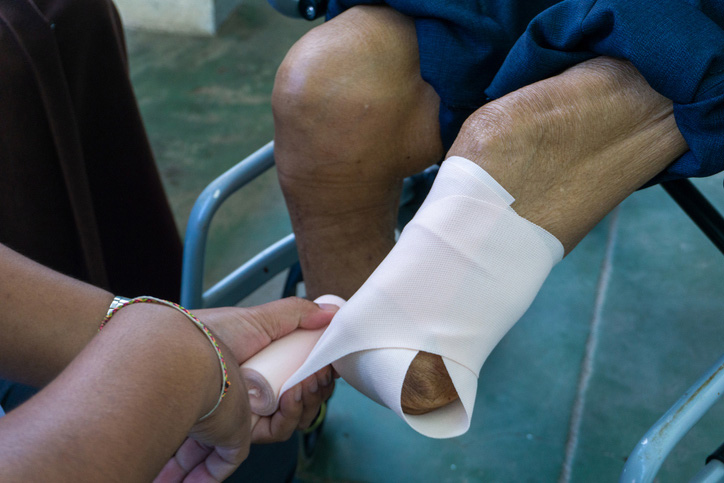Sometimes, an amputation may be necessary to control infection and pain in an affected limb. Other times, amputation may evolve from an accident. However, whichever way the amputation occurs, it may also lead to soreness or extreme pain in the part of the limb that’s been taken out. This pain is referred to as phantom limb pain.
It’s the pain that emanates from a missing limb or a part of the limb. This pain can range from mild to severe pain, and it can exist for minutes, hours, days, or more. Thankfully, phantom pain can be managed.

Other forms of pain can exist in the affected limb area and are equally painful. How do you differentiate phantom limb pain from other forms of limb pains, and how do you handle it properly? Here’s how;
Phantom sensations
This occurs when there’s a missing limb that still feels like a part of the body. However, rather than feeling pain, there’s only a form of sensational feeling in that area. Phantom sensations are easily ignorable, unlike phantom limb pain.
Residual limb pain
This occurs when an amputation has happened, but the area of the limb that wasn’t affected begins to feel pain. Residual pain is usually due to nerve damage or pressure on a nerve, and it’s quite common in patients who suffer from limb loss.
Causes of phantom limb pain v. residual limb pain
The phantom pain will typically happen as soon as a limb loss occurs and can last through the healing process. It’s usually due to a muddle of signals from the nervous system, particularly the brain and spinal cord. An amputation leaves the affected part at the mercy of the nerve connections, and the brain can process signals like the body part still remains there. For residual limb pain, there are a number of factors that can cause this type of pain in the limb. They include;
- Bone spurs or infection
- Bruising
- Infections or wounds in the skin
- Inflammation or nerve damage
- Poor blood flow
- Pressure injuries
Symptoms of the phantom limb pain
A phantom limb pain isn’t hard to decipher, as the most common symptoms include;
- Aching and burning
- Clamping
- Stabbing or shooting pain
- Tingling or itching
- Twisting
- Throbbing
Treatment options for phantom limb pain
The treatment options for phantom limbs mainly focus on easing symptoms of the pain. They include;
- Prescribed pain relievers or NSAIDs,
- Antidepressants,
- Injections,
- Muscle relaxers.
- Beta-blockers.
Other non-traditional options include Spinal cord stimulation, Neurostimulation, Transcutaneous electrical nerve stimulation (TENS), Acupuncture, and Mirror box therapy.

Stem cell therapy for limb pain
Stem cell therapy is being considered a treatment for phantom limb pain because of its success in treating nervous system conditions. Stem cells have been shown to reduce chronic neuropathic pain and this can have an impact on phantom limb pain.
Do you need stem cell therapy in Phoenix AZ? Reach out to us today to book your consultation spot!

Dr. David Greene
MD, PhD, MBA
Dr. David Greene, MD, PhD, MBA, is a pioneering leader in regenerative medicine and healthcare marketing. As a residency and fellowship-trained orthopedic surgeon, Dr. Greene transitioned from clinical practice to become the founder and CEO of R3 Stem Cell and US Lead Network, where he has revolutionized patient care and medical practice growth through innovative therapies and digital marketing strategies. He has authored two influential books on healthcare internet marketing, ranks among the top expert authors globally, and has been featured on the cover of Corporate Vision magazine for his impact on global regenerative therapies. Beyond his professional achievements, Dr. Greene is passionate about education, compassion, and continuous innovation.

Sorry, the comment form is closed at this time.